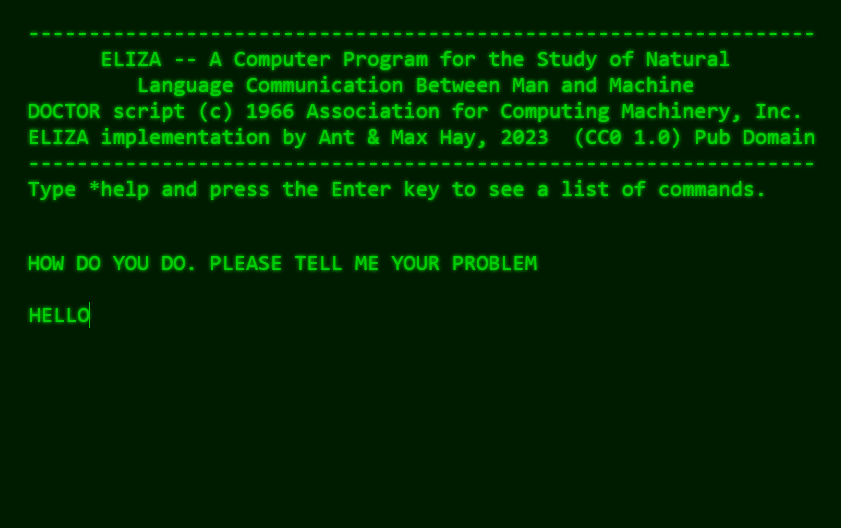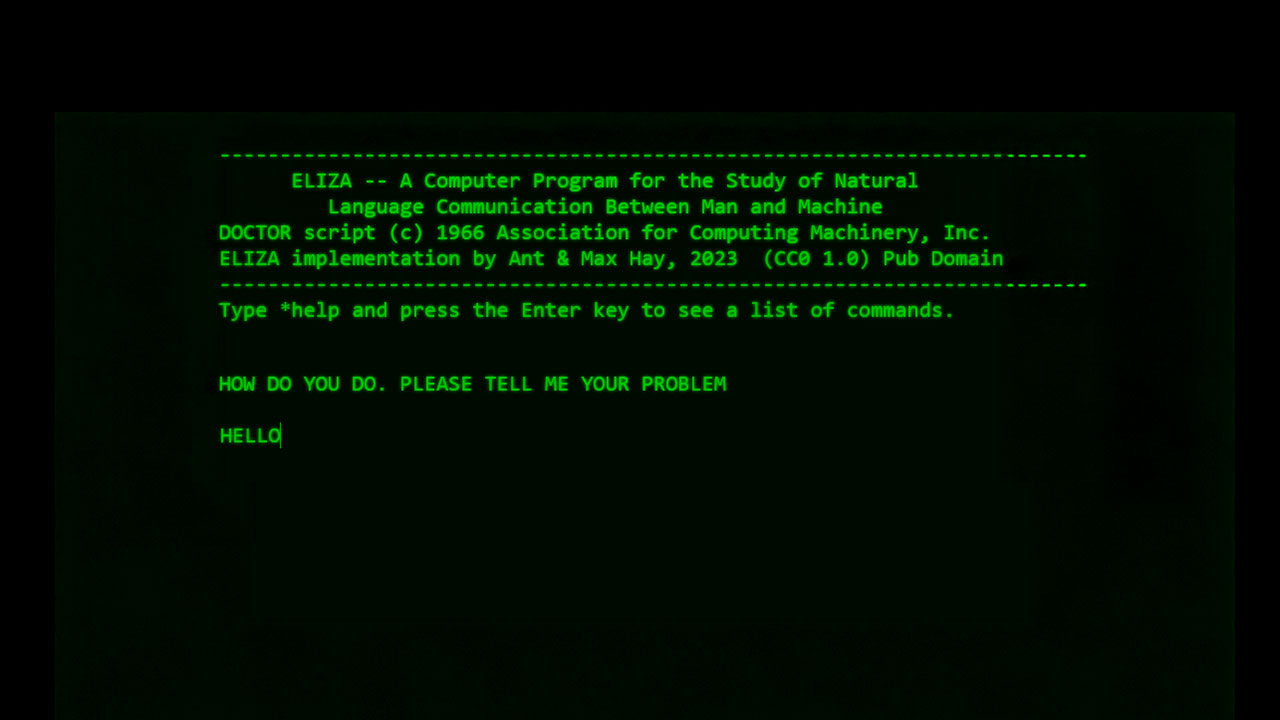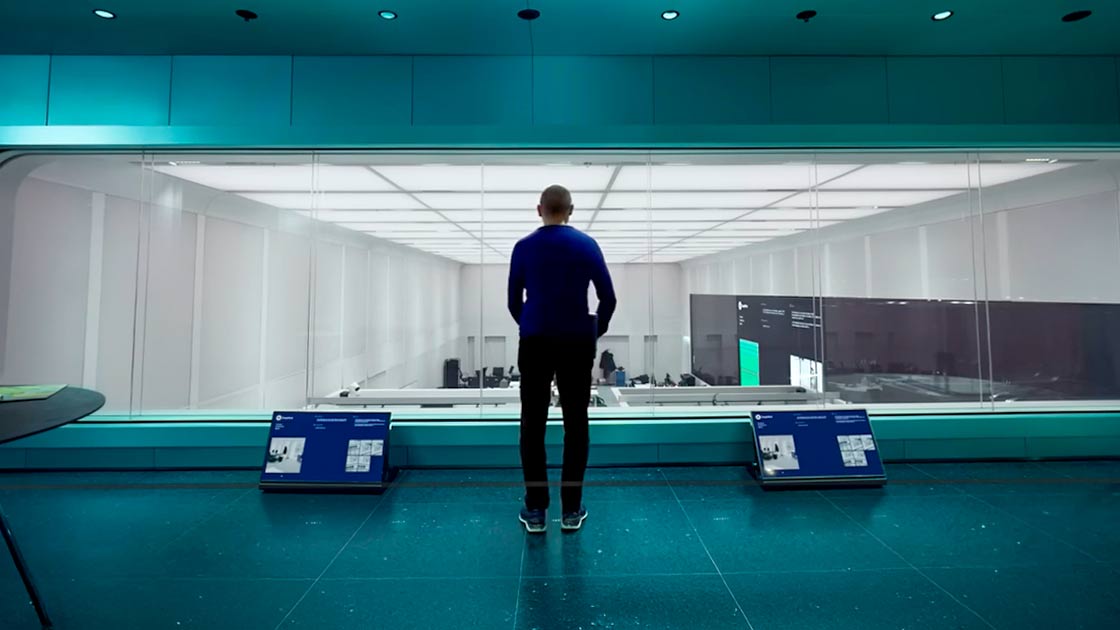ELIZA Reanimated lets you chat with a 'ChatGPT' from 1965
In the 1960s, at MIT laboratories, computer scientist Joseph Weizenbaum developed the program ELIZA, which is now considered the first chatbot. Weizenbaum created ELIZA using the MAD-SLIP programming language, marking one of the earliest attempts to simulate human conversation.
Weizenbaum’s goal in developing ELIZA was to explore how humans react when interacting with a machine that appears to handle natural language, even without understanding the meaning of the words.
To encourage conversation, ELIZA took on the role of an emotional therapist, responding to users by reformulating their own words. This type of interaction often resulted in users having the illusion of genuine understanding, a phenomenon now known as the ELIZA effect.
■ MAD-SLIP (Michigan Algorithm Decoder Symmetric List Processor) was a programming language based on MAD, extended with symbolic list manipulation capabilities. It was specifically designed to facilitate natural language processing and complex data structure handling on computers of that era.
The ELIZA restoration project
The ELIZA Reanimated restoration project began with the recovery of the original source code from Weizenbaum's personal archives at MIT. This material included the DOCTOR script, an early version of the MAD-SLIP code, and several supporting functions written in obsolete programming languages such as MAD and FAP.
Restoring ELIZA's original code, which consists of 420 lines, posed several challenges—from manually transcribing code due to 6-bit BCD character encoding, to reimplementing critical missing functions. Additionally, unexpected errors were found in the code that needed to be fixed to preserve the authenticity of the experience when running the program on an IBM 7094 emulator, ensuring the software operated in an environment as close to the original as possible.
Moreover, during the restoration process, it was discovered that the original version of ELIZA lacked some functionalities described in Weizenbaum’s 1966 paper. This, in practice, limited some of the capabilities attributed to ELIZA.
On the other hand, the original code contained a hidden feature called 'teacher mode,' which allowed users to edit and save ELIZA’s scripts to modify and add new rules, effectively expanding ELIZA’s conversational capabilities. Although Weizenbaum mentioned this teaching functionality in 1966, it was never documented.
Despite ELIZA’s popularity in its original form, its broad reach was achieved through cloned versions. A version developed in Lisp by Bernie Cosell quickly spread across ARPANet, the precursor to today's internet, while a BASIC version from 1977 enabled its adoption by early personal computer enthusiasts. These variants eventually overshadowed the original MAD-SLIP version, which faded into obscurity until its recent rediscovery.
■ The restoration process is thoroughly documented in ELIZA Reanimated: The world's first chatbot restored on the world's first time-sharing system →
How to chat with ELIZA today
Thanks to the restoration efforts, ELIZA is now available in two ways, allowing users to experience what it was like to interact with this pioneering chatbot from 60 years ago:

- Through a web browser on the Try ELIZA page, offering an easy and quick way to access it without installation or configuration.
- As an open-source project available on GitHub, which can be downloaded and run in an emulated IBM 7094 environment on operating systems such as Unix and macOS.
Unlike modern chatbots like ChatGPT, which use advanced AI models capable of understanding context, generating complex responses, and learning from vast amounts of data, ELIZA relied on simple pattern recognition rules to simulate human conversation.
While modern systems analyze the deeper meaning of language and can adapt to different conversational styles, ELIZA merely responds with predefined phrases, reformulating the user’s keywords without truly understanding their meaning. However, ELIZA’s impact on AI development was significant, as it demonstrated the potential for human-machine interaction, influencing the creation of the language models we use today.
 Hybrid Cloud
Hybrid Cloud Cyber Security & NaaS
Cyber Security & NaaS AI & Data
AI & Data IoT & Connectivity
IoT & Connectivity Business Applications
Business Applications Intelligent Workplace
Intelligent Workplace Consulting & Professional Services
Consulting & Professional Services Small Medium Enterprise
Small Medium Enterprise Health and Social Care
Health and Social Care Industry
Industry Retail
Retail Tourism and Leisure
Tourism and Leisure Transport & Logistics
Transport & Logistics Energy & Utilities
Energy & Utilities Banking and Finance
Banking and Finance Sports
Sports Smart Cities
Smart Cities




